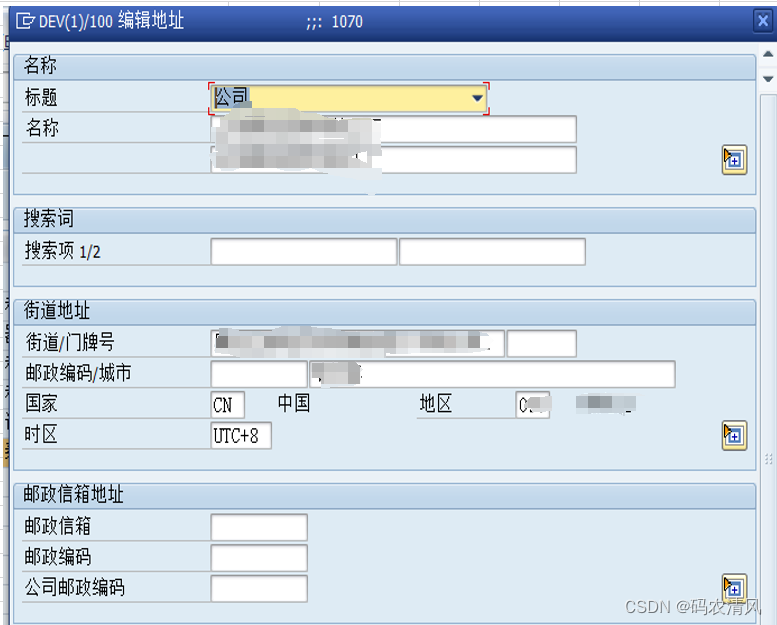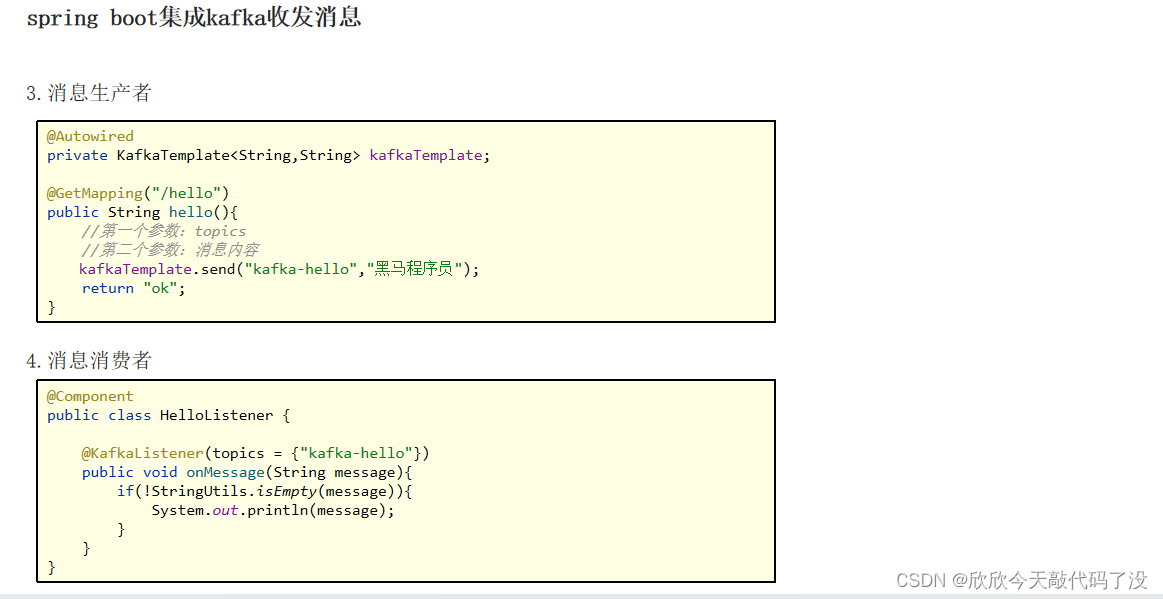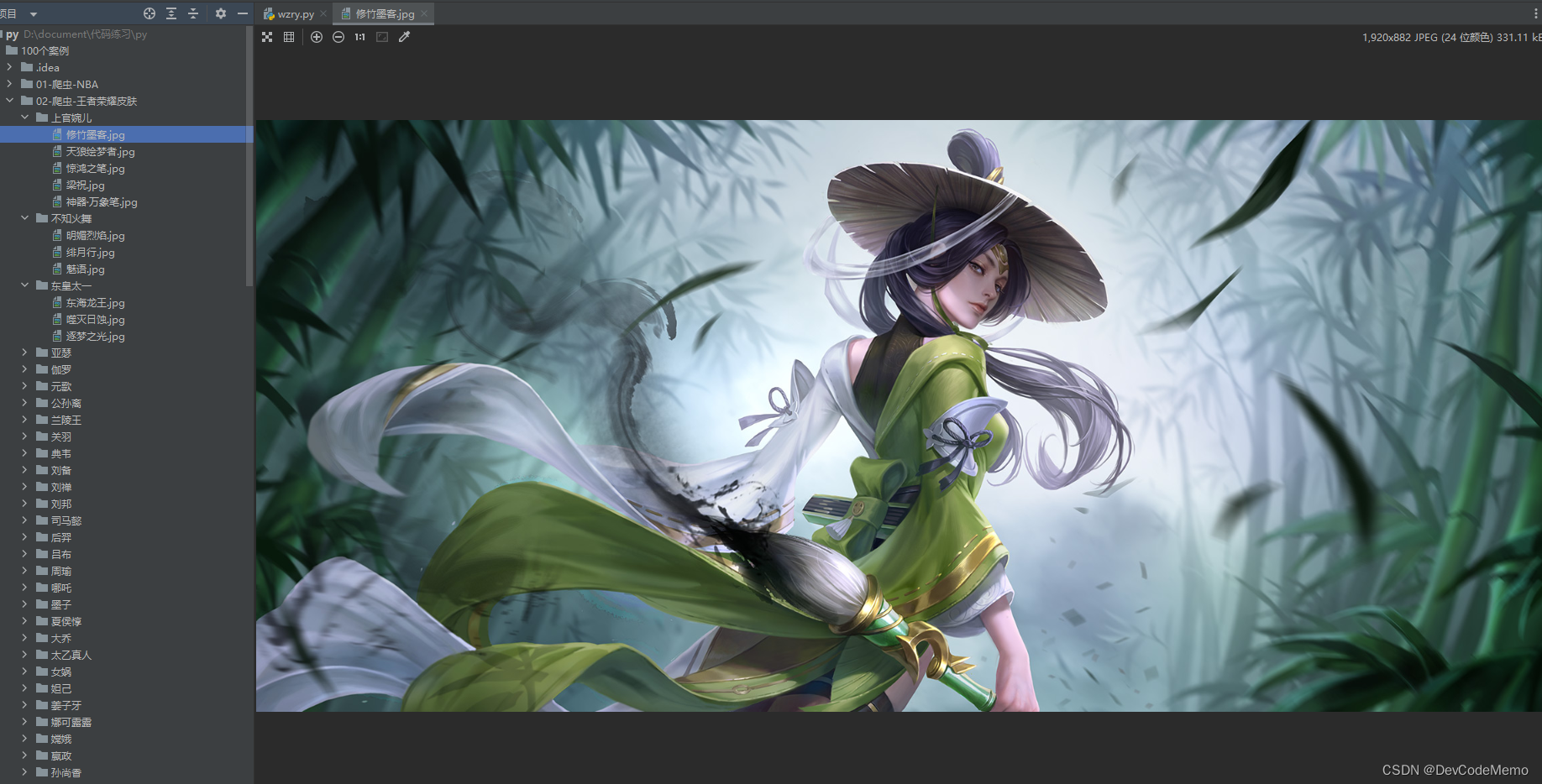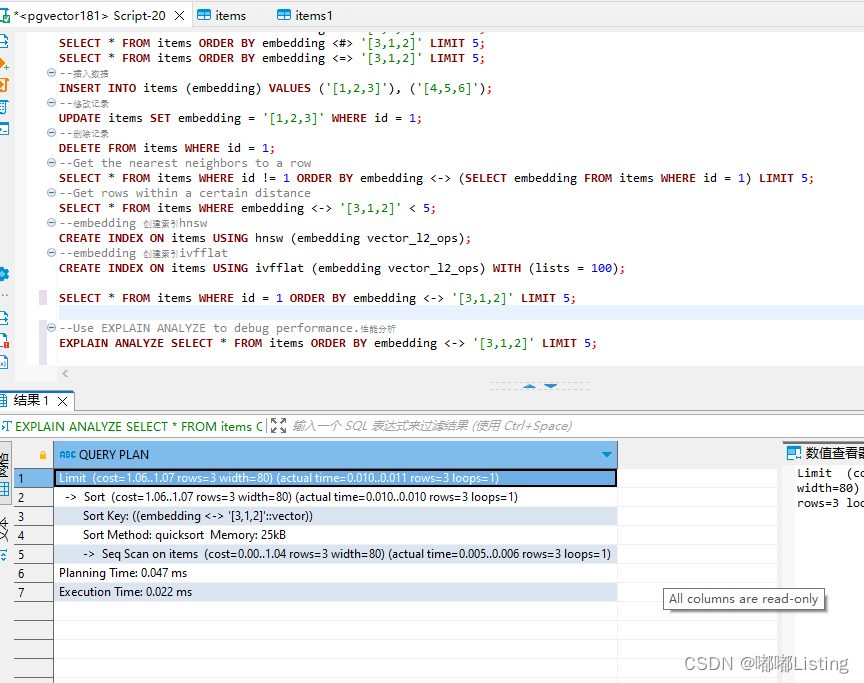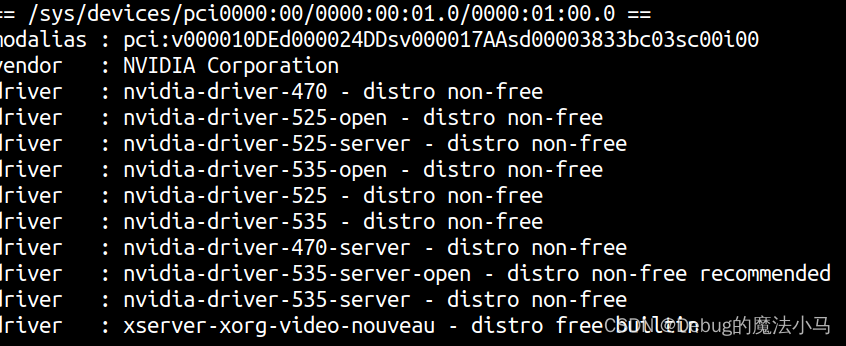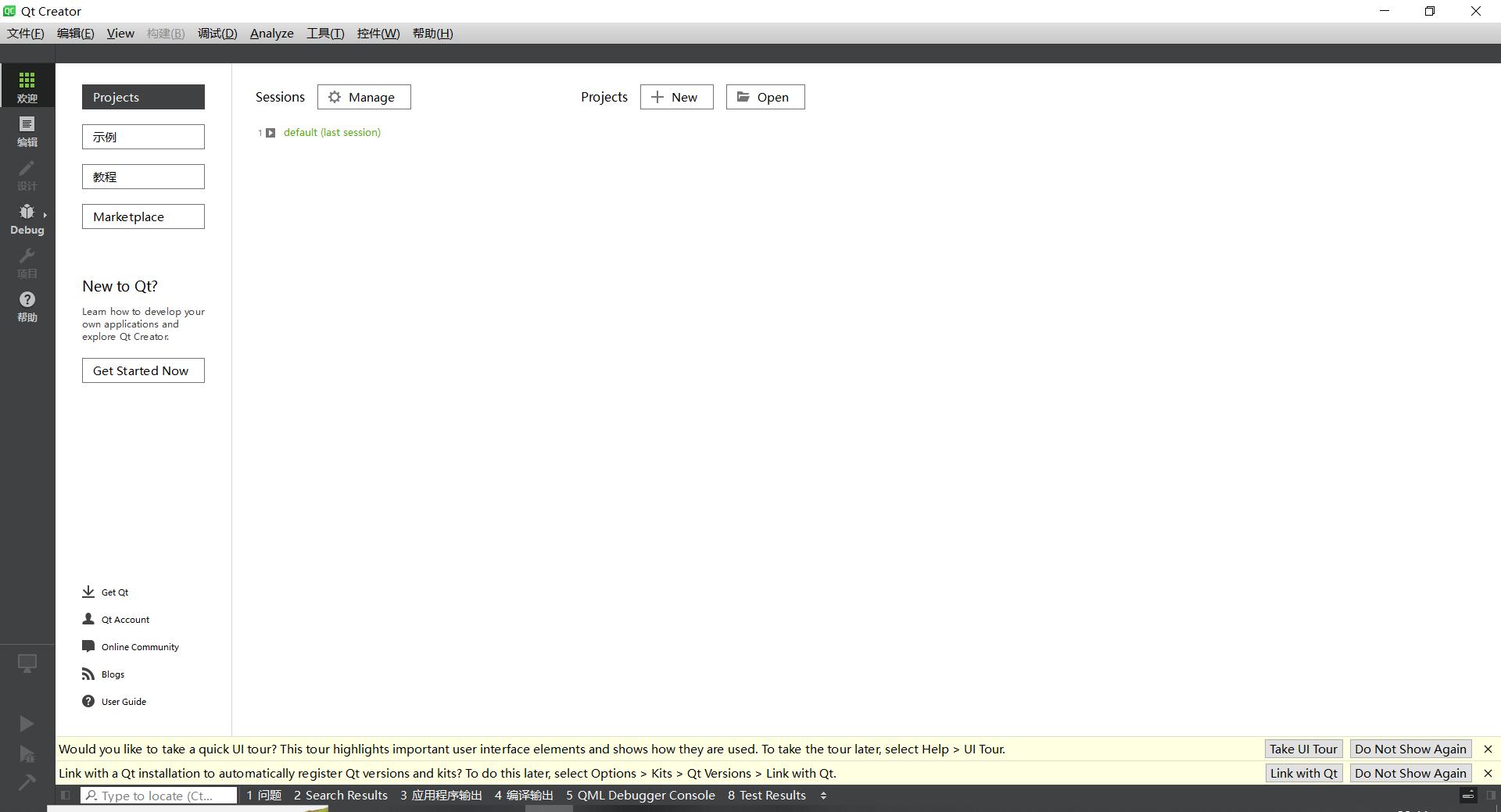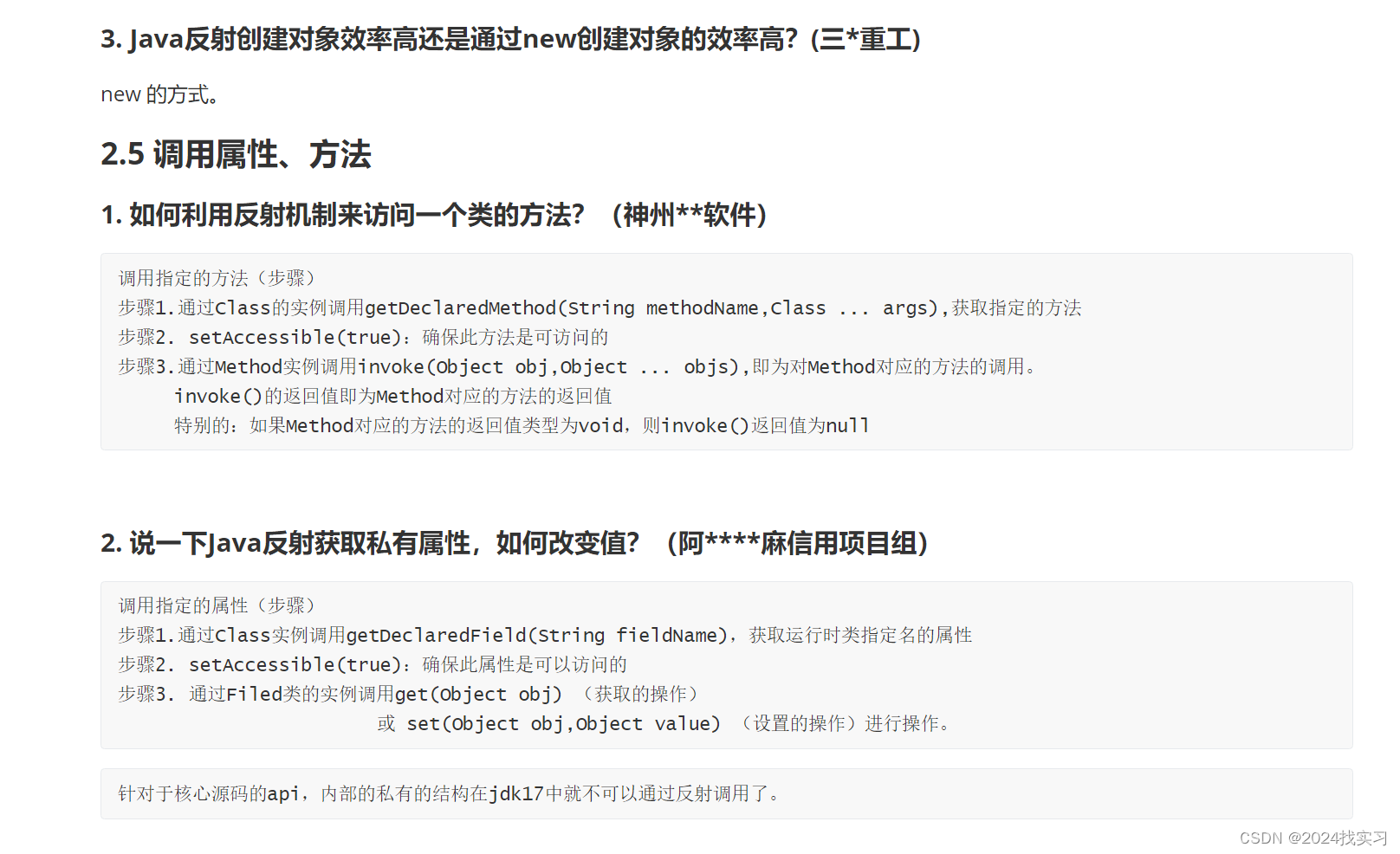我将为您详细讲解 Java 中 `String` 类的常用方法及其相关例子。`String` 类是 Java 中最常用的类之一,它代表字符串,提供了许多用于操作字符串的方法。
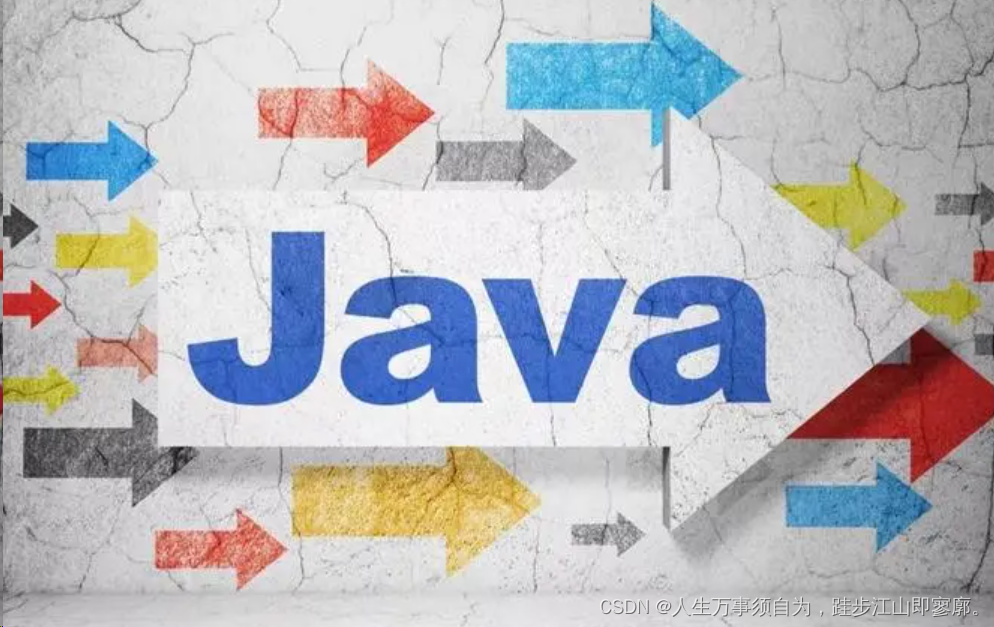
1. 字符串比较
- `equals(Object obj)`: 比较字符串的内容是否相等。
- `equalsIgnoreCase(String str)`: 比较字符串的内容是否相等,不区分大小写。
例子 1:字符串比较
public class StringExample {
public static void main(String[] args) {
String str1 = "Hello";
String str2 = "hello";
String str3 = "Hello World";
System.out.println(str1.equals(str2)); // 输出: false
System.out.println(str1.equalsIgnoreCase(str2)); // 输出: true
System.out.println(str1.equals(str3)); // 输出: false
}
}
2. 字符串查找
- `indexOf(int ch)`: 查找指定字符在字符串中的第一次出现的位置。
- `indexOf(int ch, int fromIndex)`: 从指定位置开始查找指定字符在字符串中的第一次出现的位置。
- `lastIndexOf(int ch)`: 查找指定字符在字符串中的最后一次出现的位置。
- `lastIndexOf(int ch, int fromIndex)`: 从指定位置开始查找指定字符在字符串中的最后一次出现的位置。
例子 2:字符串查找
public class StringExample {
public static void main(String[] args) {
String str = "Hello World";
System.out.println(str.indexOf('l')); // 输出: 3
System.out.println(str.indexOf('l', 4)); // 输出: 7
System.out.println(str.lastIndexOf('l')); // 输出: 7
System.out.println(str.lastIndexOf('l', 6)); // 输出: 3
}
}
3. 字符串替换
- `replace(CharSequence target, CharSequence replacement)`: 将字符串中的指定字符序列替换为另一个字符序列。
- `replace(char oldChar, char newChar)`: 将字符串中的指定字符替换为另一个字符。
例子 3:字符串替换
public class StringExample {
public static void main(String[] args) {
String str = "Hello World";
System.out.println(str.replace("World", "Java")); // 输出: Hello Java
System.out.println(str.replace('l', 'x')); // 输出: Hexxo World
}
}
4. 字符串切割
- `split(String regex)`: 使用正则表达式将字符串分割成子字符串数组。
- `split(String regex, int limit)`: 使用正则表达式将字符串分割成子字符串数组,最多不超过指定数量。
例子 4:字符串切割
public class StringExample {
public static void main(String[] args) {
String str = "Hello World";
String[] words = str.split(" "); // 输出: [Hello, World]
String[] wordsLimit = str.split(" ", 1); // 输出: [Hello]
}
}
5. 字符串截取
- `substring(int beginIndex)`: 返回指定位置开始到字符串末尾的子字符串。
- `substring(int beginIndex, int endIndex)`: 返回指定位置开始到指定位置结束的子字符串。
例子 5:字符串截取
public class StringExample {
public static void main(String[] args) {
String str = "Hello World";
System.out.println(str.substring(7)); // 输出: World
System.out.println(str.substring(7, 11)); // 输出: World
}
}
6. 字符串连接
- `concat(String str)`: 将指定字符串连接到当前字符串的末尾。
例子 6:字符串连接
public class StringExample {
public static void main(String[] args) {
String str1 = "Hello";
String str2 = "World";
System.out.println(str1.concat(str2)); // 输出: HelloWorld
}
}
7. 字符串长度
- `length()`: 返回字符串的长度。
例子 7:字符串长度
public class StringExample {
public static void main(String[] args) {
String str = "Hello World";
System.out.println(str.length()); // 输出: 11
}
}
8. 字符串转换
- `toLowerCase()`: 将字符串中的所有字符转换为小写。
- `toUpperCase()`: 将字符串中的所有字符转换为大写。
- `trim()`: 移除字符串首尾的空格。
例子 8:字符串转换
public class StringExample {
public static void main(String[] args) {
String str = " Hello World ";
System.out.println(str.toLowerCase()); // 输出: hello world
System.out.println(str.toUpperCase()); // 输出: HELLO WORLD
System.out.println(str.trim()); // 输出: Hello World
}
}
9. 字符串比较器
- `compareTo(String anotherString)`: 按照字典顺序比较两个字符串。
- `compareToIgnoreCase(String str)`: 按照字典顺序比较两个字符串,不区分大小写。
例子 9:字符串比较器
public class StringExample {
public static void main(String[] args) {
String str1 = "Hello";
String str2 = "world";
System.out.println(str1.compareTo(str2)); // 输出: 正数
System.out.println(str1.compareToIgnoreCase(str2)); // 输出: 0
}
}
10. 字符串值比较
- `equalsValueOf(CharSequence cs)`: 比较两个字符串的值是否相等。
例子 10:字符串值比较
public class StringExample {
public static void main(String[] args) {
String str1 = "Hello";
String str2 = "hello";
System.out.println(str1.equalsValueOf(str2)); // 输出: true
}
}
11. 字符串查找器
- `find()`: 在字符串中查找指定的字符序列。
例子 11:字符串查找器
public class StringExample {
public static void main(String[] args) {
String str = "Hello World";
System.out.println(str.find("World")); // 输出: 6
}
}
12. 字符串不可变性
- `String` 类的实例是不可变的,这意味着一旦创建了 `String` 对象,其值就不能更改。
例子 12:字符串不可变性
public class StringExample {
public static void main(String[] args) {
String str = "Hello";
str = "World"; // 创建了一个新的 String 对象,而不是修改旧的
}
}
13. 字符串的不可变性在多线程环境中的应用
- 在多线程环境中,由于 `String` 是不可变的,所以可以安全地共享 `String` 对象。
例子 13:字符串的不可变性在多线程环境中的应用
public class StringExample {
public static void main(String[] args) {
String str = "Hello";
// 在多线程环境中安全地共享 String 对象
new Thread(() -> System.out.println(str)).start();
new Thread(() -> System.out.println(str)).start();
}
}
14. 字符串的不可变性在集合中的应用
- 由于 `String` 是不可变的,因此它可以作为集合(如 `HashSet`、`TreeSet` 等)的元素,因为集合需要能够确定元素的唯一性。
例子 14:字符串的不可变性在集合中的应用
import java.util.HashSet;
import java.util.Set;
public class StringExample {
public static void main(String[] args) {
Set<String> set = new HashSet<>();
set.add("Hello");
set.add("World");
set.add("Hello"); // 不会添加重复的元素
}
}
15. 字符串的不可变性在缓存中的应用
- 在缓存实现中,经常使用 `String` 作为键,因为它们是不可变的,不会因为并发更新而产生不一致的状态。
例子 15:字符串的不可变性在缓存中的应用
import java.util.concurrent.ConcurrentHashMap;
public class StringExample {
public static void main(String[] args) {
ConcurrentHashMap<String, String> cache = new ConcurrentHashMap<>();
cache.put("Hello", "World");
// 由于 String 是不可变的,因此可以安全地作为缓存的键
}
}
16. 字符串的不可变性在正则表达式中的应用
- 在使用正则表达式时,通常需要创建一个 `Pattern` 对象,这个对象是不可变的,可以在多个线程中共享。
例子 16:字符串的不可变性在正则表达式中的应用
import java.util.regex.Pattern;
public class StringExample {
public static void main(String[] args) {
Pattern pattern = Pattern.compile("Hello");
// 由于 Pattern 是不可变的,可以在多个线程中共享
}
}
总结
Java 中的 `String` 类提供了丰富的方法来操作字符串。从字符串比较、查找、替换到截取、连接、转换,这些方法使得字符串的处理变得非常灵活和方便。字符串的不可变性在多线程编程、集合实现、缓存和正则表达式等方面都有重要的应用。通过理解和熟练使用这些方法,可以提高编程效率,并确保代码的健壮性和安全性。希望这个详细的讲解能够帮助您更好地理解 Java `String` 类的常用方法及其应用。如果您有任何问题或需要进一步的解释,请随时提问。






